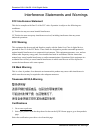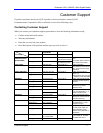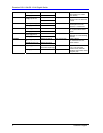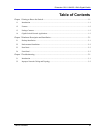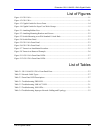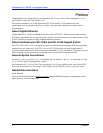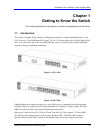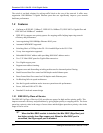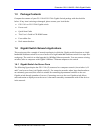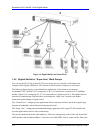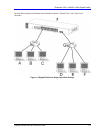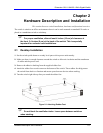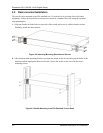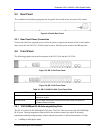
Dimension GS-1116A/GS-1124A Gigabit Switch
1-2 Getting to Know the GS1116A/GS-1124A
The switch is an ideal solution for solving traffic block at the core of the network. It offers auto-
negotiation 100/1000Base-T Gigabit Ethernet ports that can significantly improve your network
backbone performance.
1.2 Features
• Conforms to IEEE 802.3 10Base-T, IEEE 802.3u 100Base-TX, IEEE 802.3z Gigabit fiber and
IEEE 802.3ab 1000Base-T standards.
• IEEE 802.1p supports two priority queues for outgoing traffic helping improving network
efficiency and performance.
• Auto-negotiating 100/1000Mbps Ethernet RJ-45 ports.
• Automatic MDI/MDIX supported.
• Switching fabric of 32Gbps in the GS-1116A and 48Gbps in the GS-1124A.
• N-way Auto-negotiation supported.
• Embedded 8K MAC address table providing 8000 MAC address entries.
• Two 3.3V Mini GBIC ports for Gigabit fiber transceiver.
• Two Gigabit copper ports.
• Supports auto address learning.
• Supports store-and-forwarding switching architecture for abnormal packet filtering.
• Back-Pressure-Base flow control on Half-duplex mode Ethernet ports.
• Pause-Frame-Base flow control on Full-duplex mode Ethernet ports.
• No-Blocking full wire speed architecture.
• One fan for good ventilation and to increase system heat sink performance.
• Power, 1000 and LNK/ACT LEDs.
• Standard 19-inch rack mount design
1.2.1 IEEE 802.1p Class of Service
The IEEE 802.1p Class of Service (CoS) provides two queues for high and low priority traffic. This
improves network efficiency and performance by giving higher priority to outgoing traffic. The lower
queue has a priority value in the range of zero to three and the higher queue has a priority value in the
range of four to seven.
) When the Mini GBIC module is installed, the Mini GBIC (Giga fiber) port
has higher priority than Giga copper port. When the Mini GBIC port is
connected, the Giga copper port is disabled.



